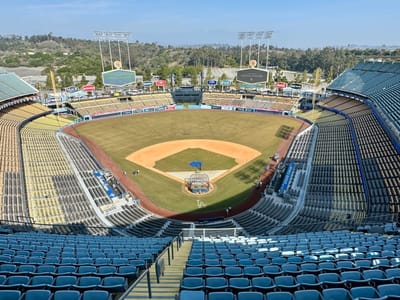LED lightbulbs: not ready for primetime
The other day, I mentioned this link to an online store selling LED bulbs. LEDs have long been heralded as the next great thing in decreasing home energy consumption, pulling down a fraction of the energy even efficient compact fluorescents use. Plus, they can last for a decade or more. The only downside is the price.
Except, they completely suck in terms of light.
Now, I remember using early compact fluorescent bulbs ten years ago. They were bulky, expensive, made noise, and cast a weird bluish glow on everything. But they matured to the point where everyone is starting to convert their home fixtures to it. As long as you get them with the right color temp (anything less than 3200K), they'll look like your normal bulbs but use 1/4 the energy and last much longer.
LED bulbs are about where CFL bulbs were ten years ago. I paid $125 for a variety pack of bulbs from C.Crane and I noticed their main LED bulb page only explained the bulb's brightness in terms of Lumens, with no equivalent to normal incandescents. CFL bulbs usually say right on them that a 13w bulb will act like a 60watt bulb.
In my short time testing out the variety pack, the most light I could get from the brightest bulb was probably on par with a small nightlight or 25 watt bedside lamp bulb. The color is definitely blue and the light is dim. There's no way on earth these bulbs are worth running out and spending $30+ per bulb on. What's weird is that my LED flashlights are very bright on small batteries but these are just terrible on unlimited home power.
Maybe in five years or so the technology will mature, but at the moment, save your money and stick with CFL bulbs instead.
Subscribe to our newsletter.
Be the first to know - subscribe today





